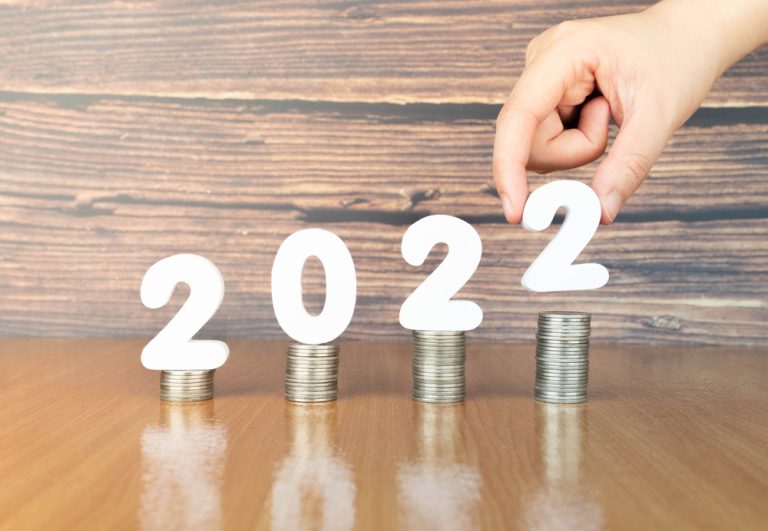4 simple techniques to reduce your tax
Here is a list of tips to help you minimise the amount of tax you pay this end of financial year: 1. Keep records Even if you use an accountant…

Here is a list of tips to help you minimise the amount of tax you pay this end of financial year: 1. Keep records Even if you use an accountant…

Another year is over. Did you achieve everything you’d hoped? Are you better or worse off financially than you were this time last year? With a new year in front…
End of content
End of content